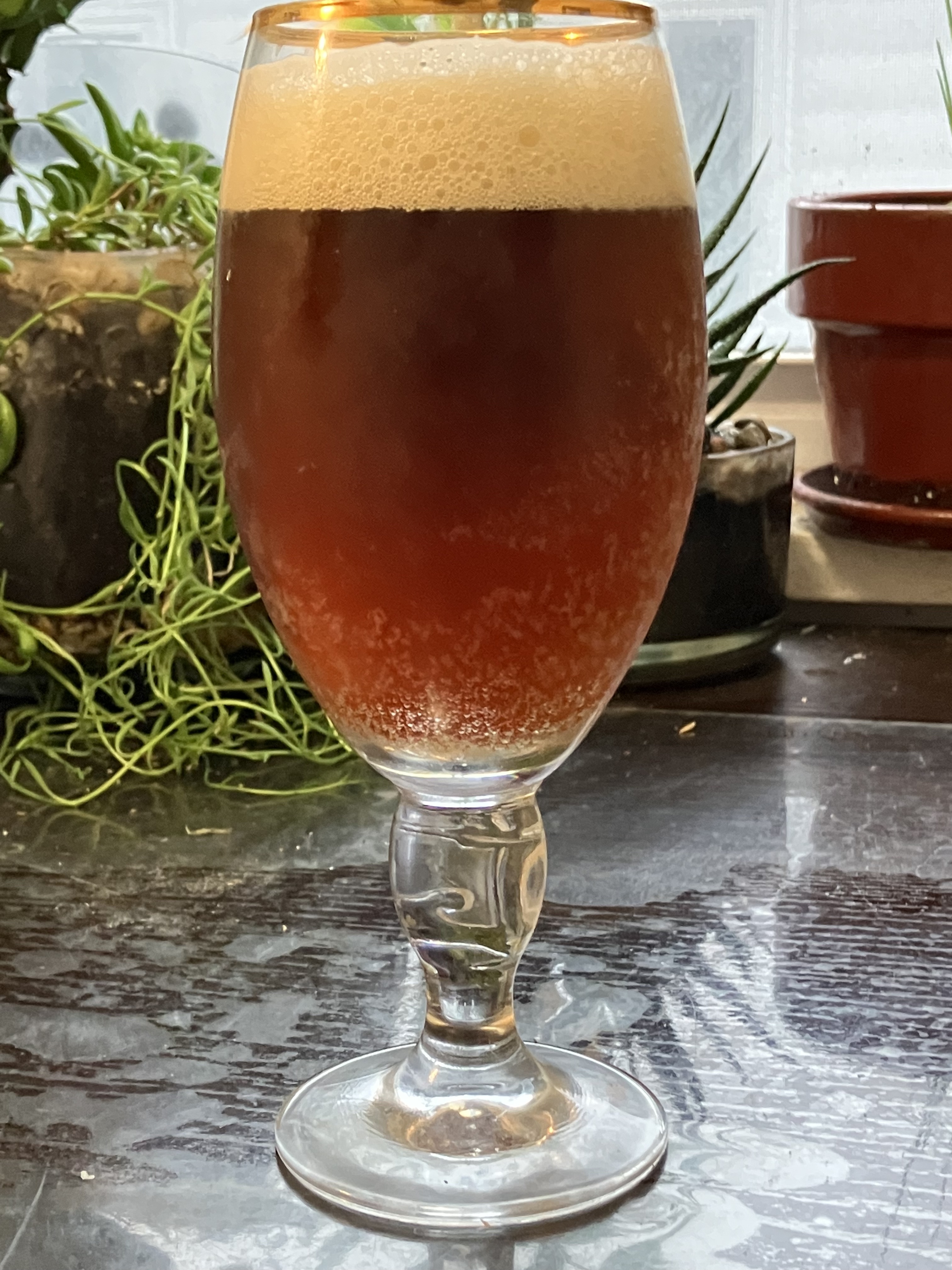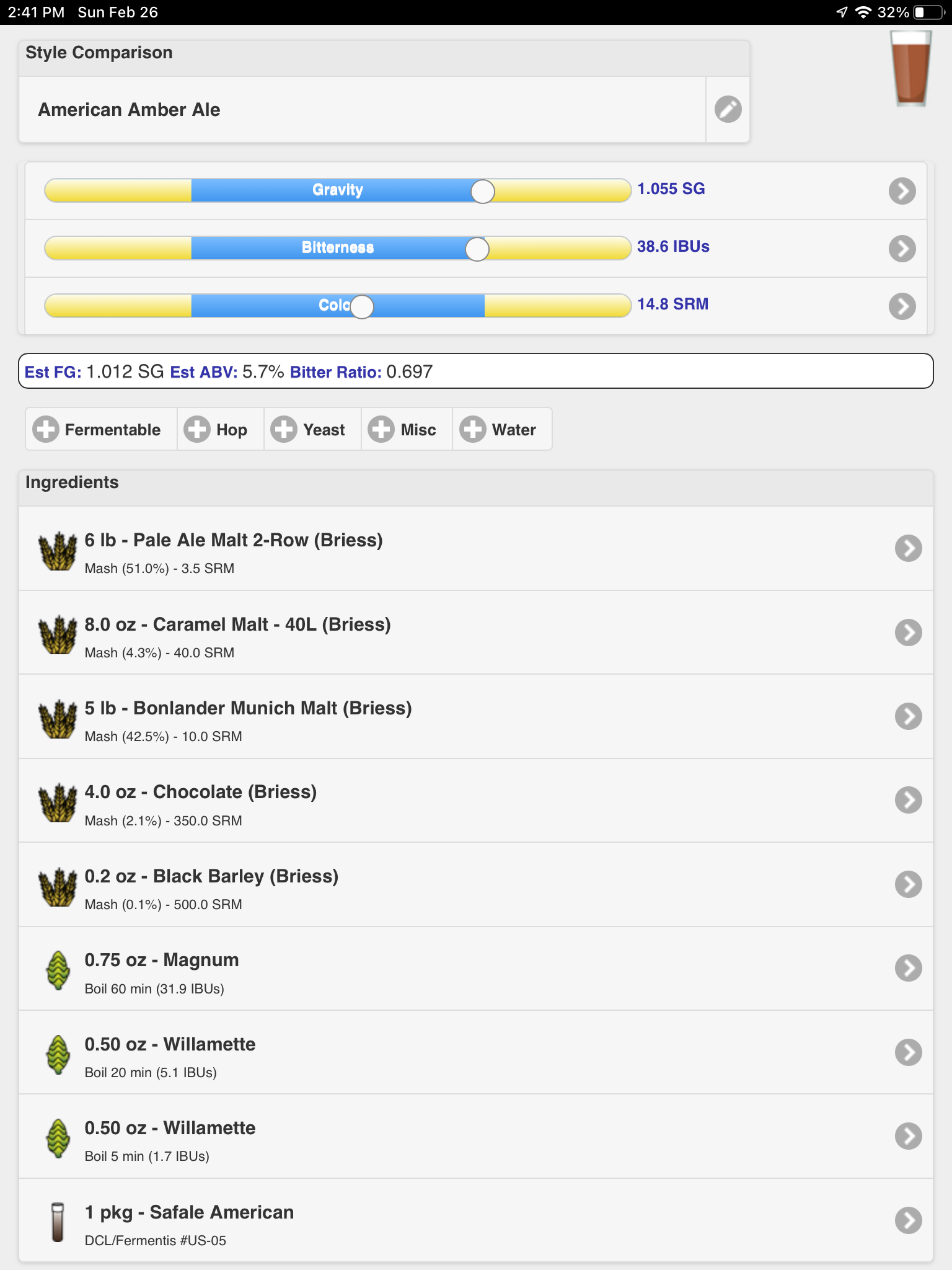1)The last Few dark ambers/ red IPA have come out much more dryer than intended. Anyone had this issue. Anyone have a suggestion to remedy it?
2) the last one had smokey undertones. Not sure where that come from?
These are from various clone recipes but all on the dark side of amber and Generously hopped with various US and NZ hops. Tried English and US yeasts. All have one thing in common - the extra dry finish. I’ve tried mashing higher at 155f (68c) . Same result.
I’m a bit stumped. Is it the dark malts? I’ve used carafe twice and regular dark once. is it the hops? Is it process? Mash PH has been on target and after is balanced profile.
2) the last one had smokey undertones. Not sure where that come from?
These are from various clone recipes but all on the dark side of amber and Generously hopped with various US and NZ hops. Tried English and US yeasts. All have one thing in common - the extra dry finish. I’ve tried mashing higher at 155f (68c) . Same result.
I’m a bit stumped. Is it the dark malts? I’ve used carafe twice and regular dark once. is it the hops? Is it process? Mash PH has been on target and after is balanced profile.






